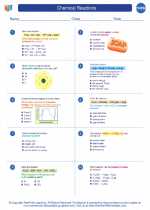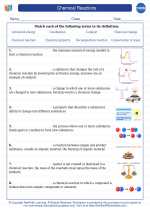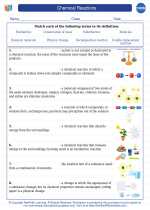Cosmic Microwave Background Radiation
Cosmic Microwave Background (CMB) radiation is the afterglow of the Big Bang, the event that is believed to have marked the beginning of the universe. It is a faint glow of light that fills the universe and is detected as microwave radiation. The CMB is one of the most important pieces of evidence supporting the Big Bang theory and provides crucial insight into the early universe.
Formation of CMB Radiation
The CMB radiation was formed approximately 380,000 years after the Big Bang, when the universe had cooled down enough for neutral atoms to form. Prior to this, the universe was filled with a hot, dense plasma of charged particles that scattered photons continuously. As the universe expanded and cooled, the electrons and protons combined to form neutral hydrogen atoms, allowing photons to travel freely through space. This event, known as recombination, resulted in the release of the CMB radiation.
Characteristics of CMB Radiation
The CMB radiation has several key characteristics:
- Uniformity: The CMB radiation is remarkably uniform in all directions, with only tiny fluctuations or anisotropies observed. These fluctuations provide valuable information about the early universe and the formation of cosmic structures.
- Blackbody Spectrum: The CMB radiation closely follows a blackbody spectrum, which is a characteristic of thermal radiation in equilibrium. The peak of the spectrum corresponds to a temperature of approximately 2.7 Kelvin.
- Polarization: The CMB radiation can be polarized, and studying its polarization patterns can reveal insights into the universe's early conditions and the effects of gravitational lensing.
Implications for Cosmology
The discovery of the CMB radiation has had profound implications for our understanding of the universe:
- Confirmation of the Big Bang Theory: The existence of the CMB radiation provided strong evidence in support of the Big Bang theory, offering a glimpse into the early stages of the universe.
- Seeding of Cosmic Structures: The tiny fluctuations in the CMB radiation have been crucial in understanding the formation of galaxies, clusters of galaxies, and large-scale structures in the universe.
- Age and Composition of the Universe: By studying the CMB radiation, scientists have been able to determine the age of the universe and its composition, including the relative amounts of normal matter, dark matter, and dark energy.
Study Guide
To study and understand the concept of Cosmic Microwave Background Radiation, consider the following key points:
- Learn about the Big Bang theory and the early universe conditions that led to the formation of the CMB radiation.
- Understand the process of recombination and how it led to the release of the CMB radiation.
- Explore the characteristics of the CMB radiation, including its uniformity, blackbody spectrum, and polarization.
- Investigate the implications of the CMB radiation for cosmology, such as its role in confirming the Big Bang theory and providing insights into the universe's evolution.
- Study the observational techniques and instruments used to detect and map the CMB radiation, including space-based telescopes and ground-based experiments.
◂Chemistry Worksheets and Study Guides High School. Chemical Reactions

 Worksheet/Answer key
Worksheet/Answer key
 Worksheet/Answer key
Worksheet/Answer key
 Worksheet/Answer key
Worksheet/Answer key
 Worksheet/Answer key
Worksheet/Answer key
 Worksheet/Answer key
Worksheet/Answer key
 Vocabulary/Answer key
Vocabulary/Answer key
 Vocabulary/Answer key
Vocabulary/Answer key
 Vocabulary/Answer key
Vocabulary/Answer key
